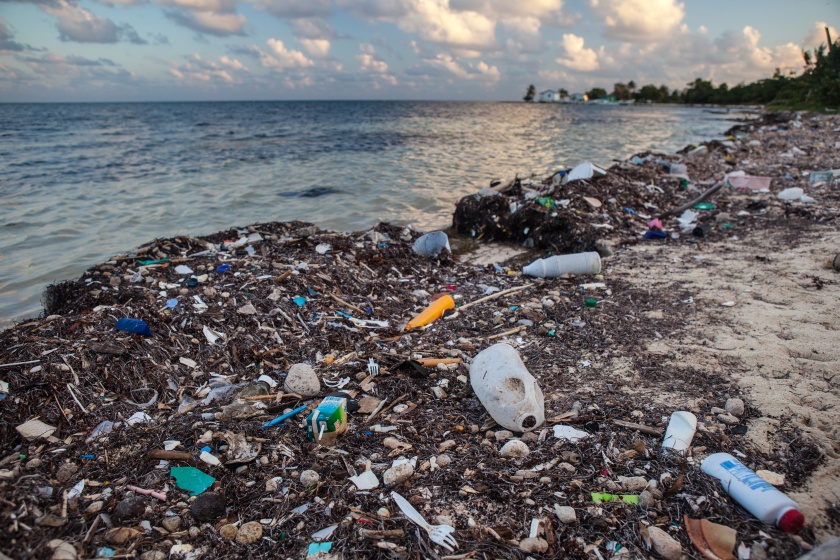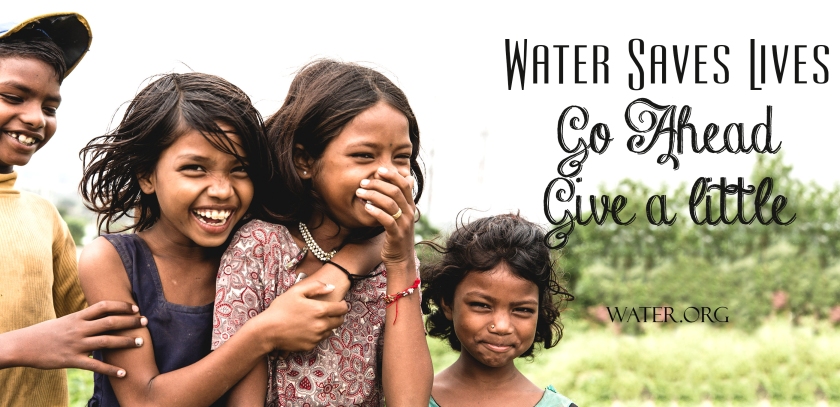Opening The Flood Gates
By Star Noor, Features Editor, Coco Eco Magazine
FIRST PUBLISHED IN COCO ECO, 2015
Water is life. It is as essential to our global survival as is oxygen. Yet, very little is being said about the alarming growth in water scarcity around the world. Many are ill-informed about a problem that knows no nationality, race, religion or creed—it will effect us all, it does affect us all. In this feature series we aim to open the flood gates and take a candid look at one of the most pressing issues of our time.
“Water scarcity will rival sea level rise as one of the most serious consequences of global climate disruption,” explains Dr. Allen Hershkowitz, Distinguished Professor in Sustainability Management at Presidio Graduate School and a 26-year veteran Senior Scientist at the Natural Resources Defense Council. “Freshwater shortages are already a global concern in Africa, India, and China, and in the southwest U.S. they are inevitable. In southern Spain, farmers and developers are so desperate for water that they are buying and selling water obtained from illegal wells on the black market. In the developing world, almost 3 billion people, or about one-half of the world’s population, already live in areas of severe water stress—virtually no water, 3 billion people—and an additional 1 billion people are approaching that situation,” Dr. Hershkowitz posits.
In regards to the U.S., Dr. Hershkowitz iterates, “Our fastest growing regions have become our driest: Arizona, New Mexico, Nevada, Utah, and Southern California. The flow of the Colorado River is at its lowest levels since measurements began at Lee’s Ferry, Arizona, more than 90 years ago. Thirty million people in seven states and parts of Mexico depend on the Colorado River for water. The level of water in the Lake Mead reservoir behind the Hoover Dam on the Colorado River, the largest reservoir in the USA, has not been this low since 1937, when it was being filled for the first time. Lake Mead supplies virtually all the water used by Las Vegas. It is more than half empty, will never be full again, and has a 50 percent chance of running dry by 2021, less than ten years away.” And this is only the tip of the melting iceberg.

So what do drought conditions mean? According to the CDC, drought conditions (shortage or lack of water) can not only affect the public in health and sanitation declines and increases of infectious disease, but also cause food and nutritional deficiencies as well as, according to CDC’s Climate and Health Program Director Dr. George Luber, “…Reduce air quality and compromise the health of people with certain conditions.”
Water scarcity means further depletion of resources, which does more than touch the already volatile lives of those in third world countries. It means millions of people not having access to uncontaminated water or the dignity of a toilet. It means millions of lives tied up every day to the simple task of water acquirement, and an increased risk for disease and pandemic outbreaks. It means millions living in regions growing more and more unstable due to the lack of perhaps the single most important resource on earth. It means black markets and inhumane privatization. It means that more people have died from lack of water accessibility and water contamination than in all of the wars combined, and the numbers will only grow.

Mark Twain once wrote, “The whiskey is for drinking. The water is for fighting over,” and it seems he wasn’t just waxing poetic. Reductions in water and food resources combined with public health issues is an amalgamated recipe for political disaster with its implications already visible, however not widely spoken about, in countries like Syria, Palestine, and Iran. In March, a report from the office of the US Director of National Intelligence said the risk of conflict would grow as water demand is set to outstrip sustainable supplies by 40 percent by 2030. “These threats are real and they do raise serious national security concerns,” Hillary Clinton, the then US Secretary of State, said after the report’s release. Strategists from Israel to Central Asia are preparing for strife.
Water shortage is not just an inconvenience. It is obvious that water availability and aquatic health are intensely important subjects mired in multi-faceted issues which make resolution and sustainability politically, economically, and socially complicated. More pressing than the threat of nuclear war or terrorist attack, this is an impending problem we will all have to face within our lifetimes or within our children’s lifetimes—no matter from which corner of the world we hail. In the following parts to this series we will continue to touch upon each level of threat to our water health and sustainability, shedding light on a global problem. The answer to the complex issue of water scarcity can begin in small steps like first remembering the next time we turn on the faucet that an American taking a shower uses more water than the average person in the rest of the world uses in an entire day, and then acting to change that statistic. This is a problem hastened by the waste of humans, and we must collectively work toward a solution—after all, our survival depends on it.


